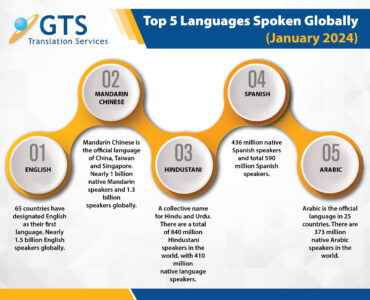Southeast Asia, a region that comprises ten countries, is a melting pot of cultures, religions, and, importantly, languages. With a combined population of over 650 million people, the linguistic landscape of this region is as diverse and vibrant as its ecosystems. From the bustling streets of Bangkok to the serene landscapes of Bali, language plays a crucial role in defining the unique identities of these nations.
1. Linguistic Families and Major Languages
Southeast Asian languages mainly belong to four major language families: Austronesian, Sino-Tibetan, Austroasiatic, and Tai-Kadai.
- Austronesian: This is the most widespread language family in the region. It includes Filipino (Tagalog) from the Philippines, Malay (used in Malaysia, Brunei, and Singapore as Bahasa Malaysia, Bahasa Melayu, or Bahasa Indonesia in Indonesia), and Javanese from Indonesia.
- Sino-Tibetan: Burmese, the official language of Myanmar, falls under this category. This family also encompasses various ethnic languages in the region.
- Austroasiatic: Primarily encompassing languages from mainland Southeast Asia, the most prominent language from this family is Khmer, spoken in Cambodia. Vietnamese, another key language, surprisingly belongs to this family and not to the Sino-Tibetan family, as many assume due to China’s proximity and historical influence.
- Tai-Kadai: Thai, the national language of Thailand, and Lao, spoken in Laos, come under this language family. They have scriptural similarities and share many linguistic features.
2. Historical Influence and Script Diversity
The languages of Southeast Asia have been influenced historically by various major civilizations, including Indian, Chinese, and Arab. This impact is evident in scripts, vocabulary, and phonetics. For instance, Khmer, Thai, and Lao scripts have been influenced by the ancient Brahmi script of India. Malay and Indonesian languages, on the other hand, adopted the Arabic script, especially for religious texts, before transitioning to the Latin script due to Western colonization and the need for a more simplified script system.
3. Multilingualism and Dialectal Variations
It’s not uncommon for Southeast Asians to be multilingual. In many of these countries, the national language often coexists with regional languages and dialects. For instance, while Bahasa Indonesia is the national language, Indonesia alone has over 700 regional languages, such as Sundanese, Balinese, and Javanese. Similarly, the Philippines has languages like Cebuano, Ilocano, and Waray, besides the widely spoken Filipino.
4. Challenges and Preservation Efforts
With globalization and urbanization, many Southeast Asian languages, especially the lesser-known ones, are facing the threat of extinction. However, efforts are being made to preserve them. UNESCO has recognized several of these languages as being in danger and has initiated measures for their conservation. Local communities and governments are also taking steps through educational initiatives, literature festivals, and promoting their use in media and technology.
5. Importance in Global Communication
The linguistic richness of Southeast Asia is not just of anthropological or cultural significance. In the age of globalization, understanding these languages is of immense strategic importance. With booming economies and a growing middle class, countries like Indonesia, Vietnam, and the Philippines are becoming major players in global commerce, technology, and tourism. Knowledge of Southeast Asian languages can thus open doors to numerous opportunities in trade, research, tourism, and cultural exchange.
In Conclusion: Southeast Asian languages offer a window into the rich tapestry of cultures, histories, and traditions of the region. They embody the resilience and adaptability of their speakers, having evolved, adapted, and thrived amidst historical upheavals, colonial rule, and the challenges of modernity. As the world becomes increasingly interconnected, these languages, from the most widely spoken to the most endangered, will play a pivotal role in fostering understanding, cooperation, and shared growth.





